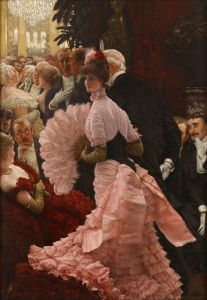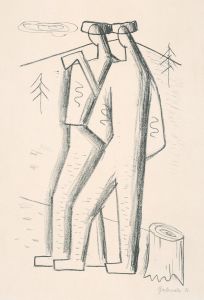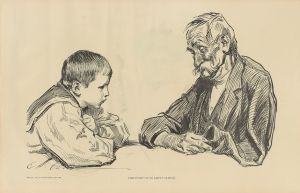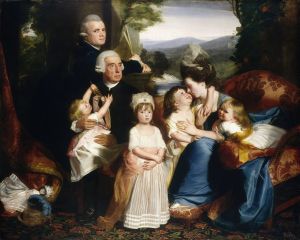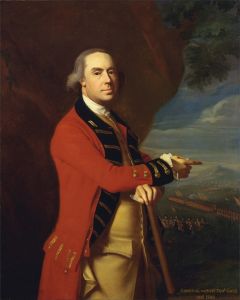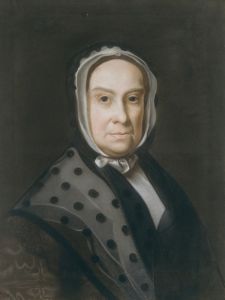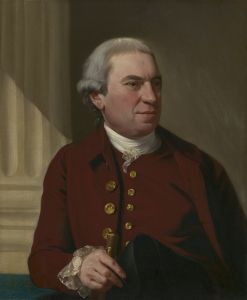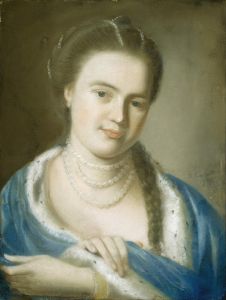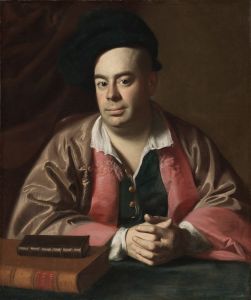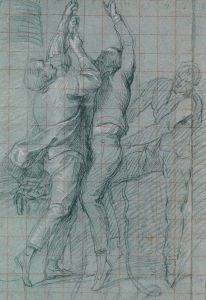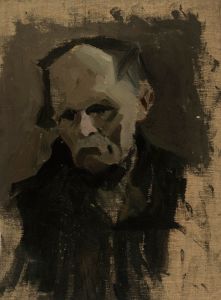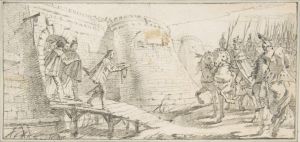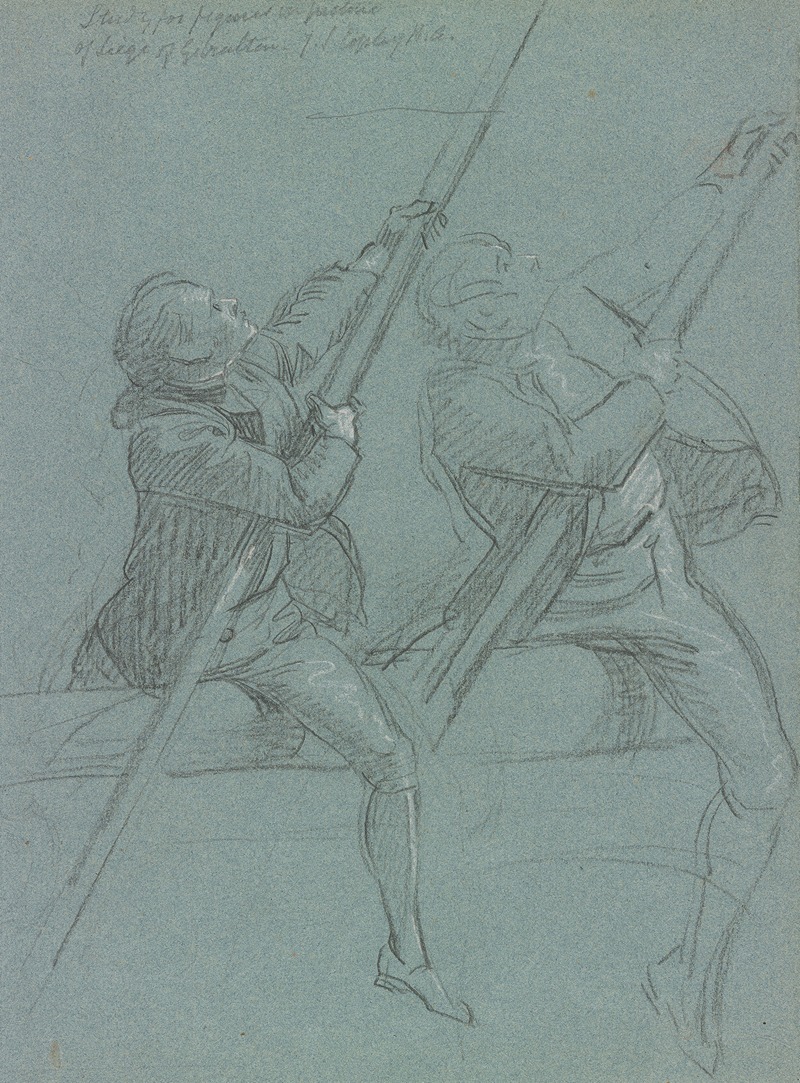
Two Studies of a Man Astride a Cannon
A hand-painted replica of John Singleton Copley’s masterpiece Two Studies of a Man Astride a Cannon, meticulously crafted by professional artists to capture the true essence of the original. Each piece is created with museum-quality canvas and rare mineral pigments, carefully painted by experienced artists with delicate brushstrokes and rich, layered colors to perfectly recreate the texture of the original artwork. Unlike machine-printed reproductions, this hand-painted version brings the painting to life, infused with the artist’s emotions and skill in every stroke. Whether for personal collection or home decoration, it instantly elevates the artistic atmosphere of any space.
"Two Studies of a Man Astride a Cannon" is a drawing by the renowned American artist John Singleton Copley, who is best known for his portrait paintings of prominent figures in colonial New England. Copley was born in Boston in 1738 and became one of the most influential artists in America before moving to England in 1774, where he continued to develop his career.
The drawing "Two Studies of a Man Astride a Cannon" is a preparatory work, which means it was likely created as a study or preliminary sketch for a larger, more finished piece. Copley often used such studies to experiment with composition, form, and perspective before committing to a final painting. This particular drawing showcases Copley's skill in capturing human anatomy and movement, as well as his attention to detail.
Copley's work is characterized by its realistic representation and meticulous attention to detail, which can be seen in the careful rendering of the man's posture and the cannon. The drawing likely served as a reference for Copley to understand how a figure might interact with a cannon, a subject that could have been relevant to historical or military-themed works he was planning.
The drawing is executed in a style typical of Copley's preparatory works, with a focus on line and form rather than color or texture. This approach allowed Copley to concentrate on the structural aspects of the composition, ensuring that the final work would be both accurate and dynamic.
John Singleton Copley's move to England marked a significant transition in his career, as he began to engage with historical and narrative themes more frequently. His time in England exposed him to new artistic influences and opportunities, allowing him to expand his repertoire beyond the portraiture that had defined his early career in America.
While "Two Studies of a Man Astride a Cannon" is not as widely recognized as some of Copley's finished paintings, it provides valuable insight into his artistic process and the methods he employed to achieve the high level of realism for which he is celebrated. The drawing is an example of Copley's ability to convey complex poses and interactions between figures and objects, a skill that contributed to his success as an artist.
Copley's legacy as a leading figure in American art history is well-established, and his works continue to be studied and admired for their technical proficiency and historical significance. "Two Studies of a Man Astride a Cannon" is a testament to his dedication to his craft and his ability to capture the essence of his subjects with precision and clarity.





